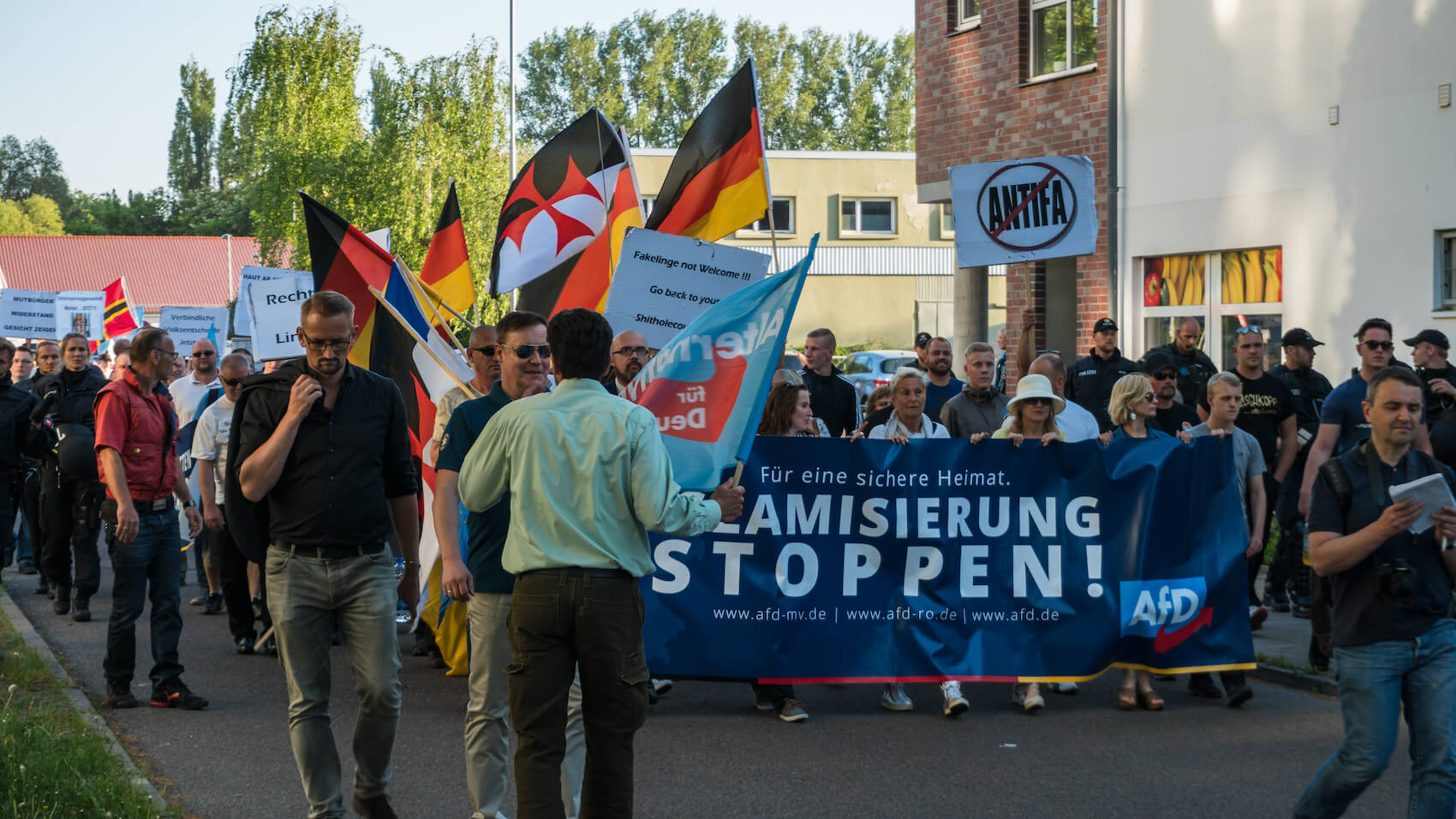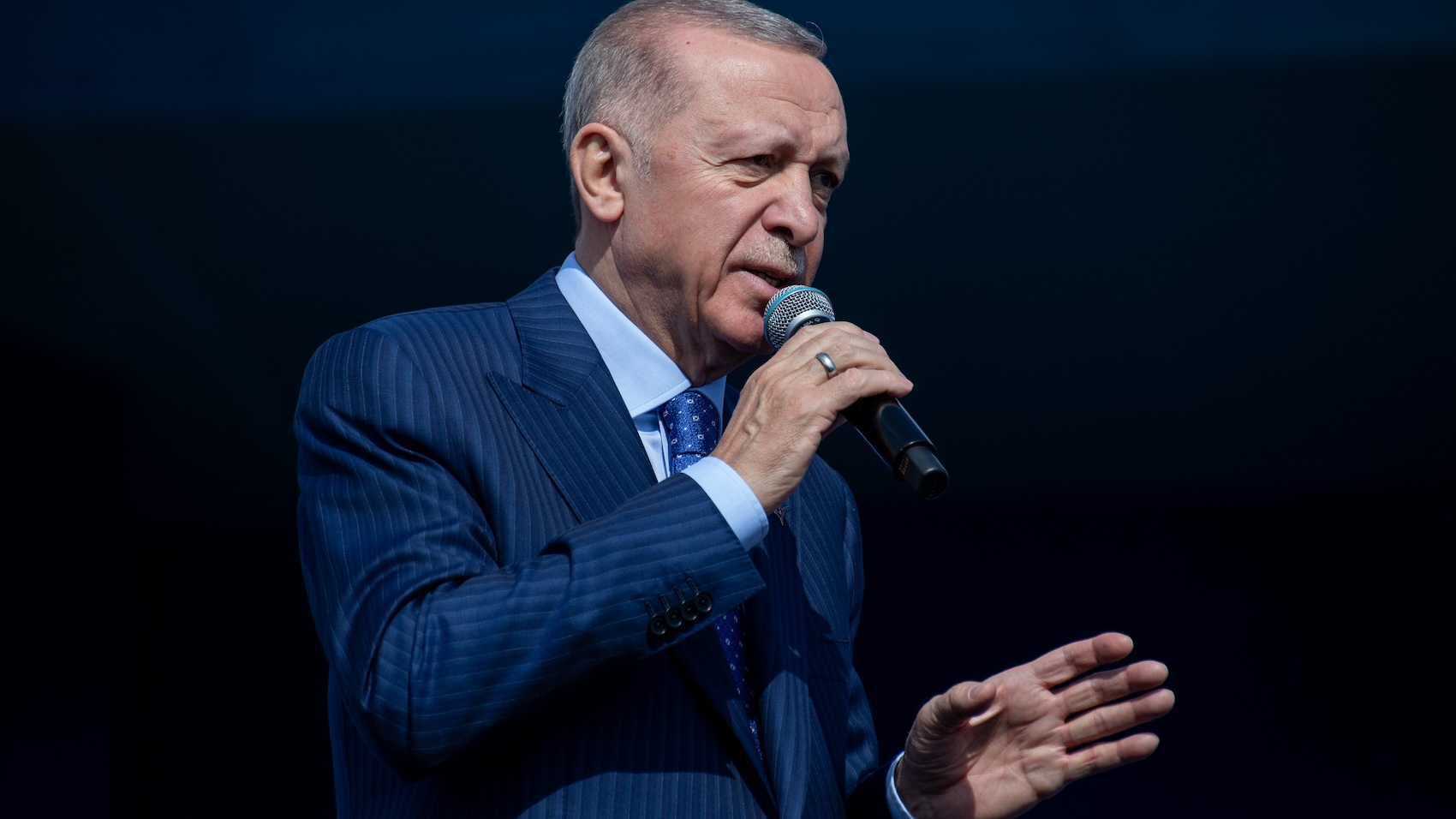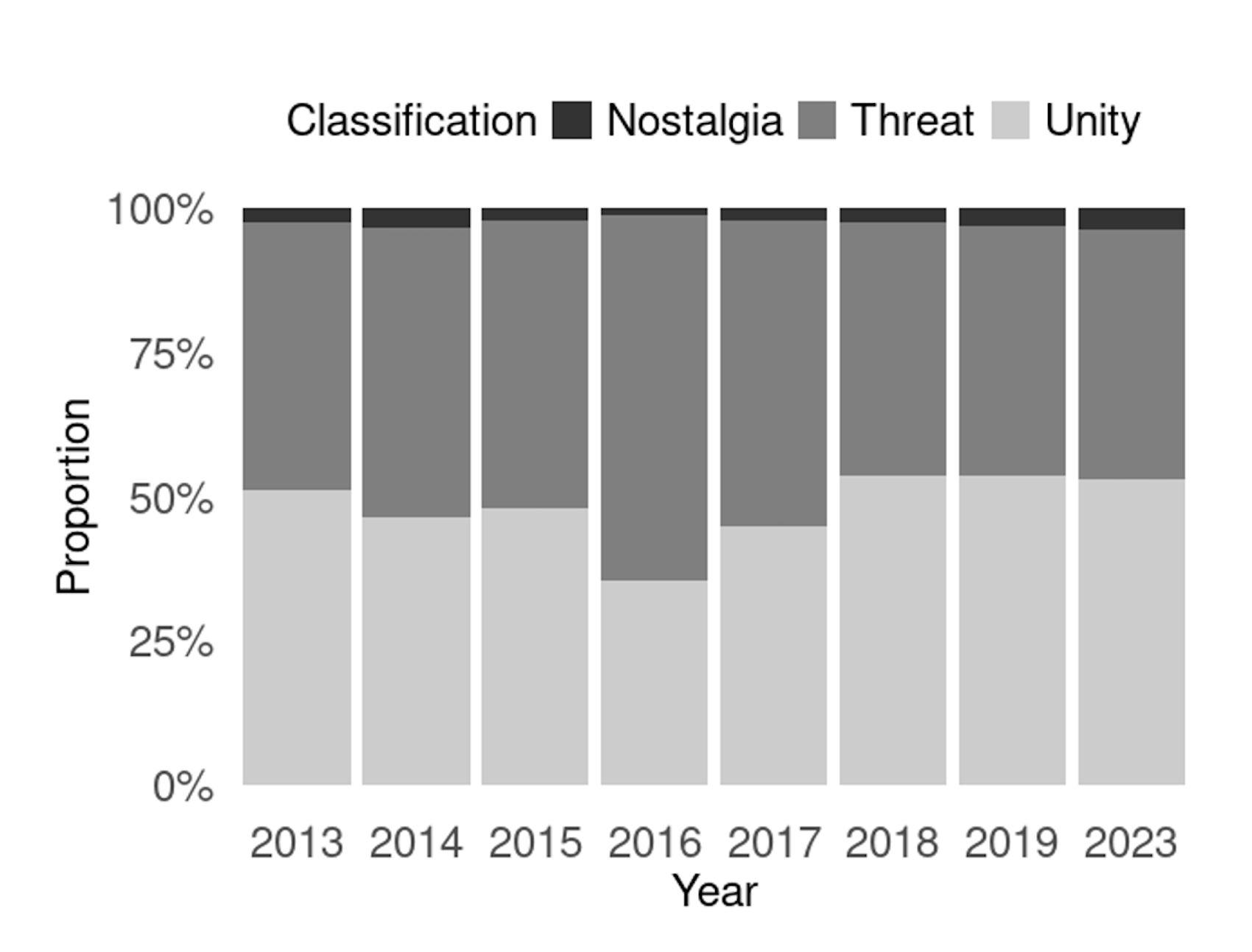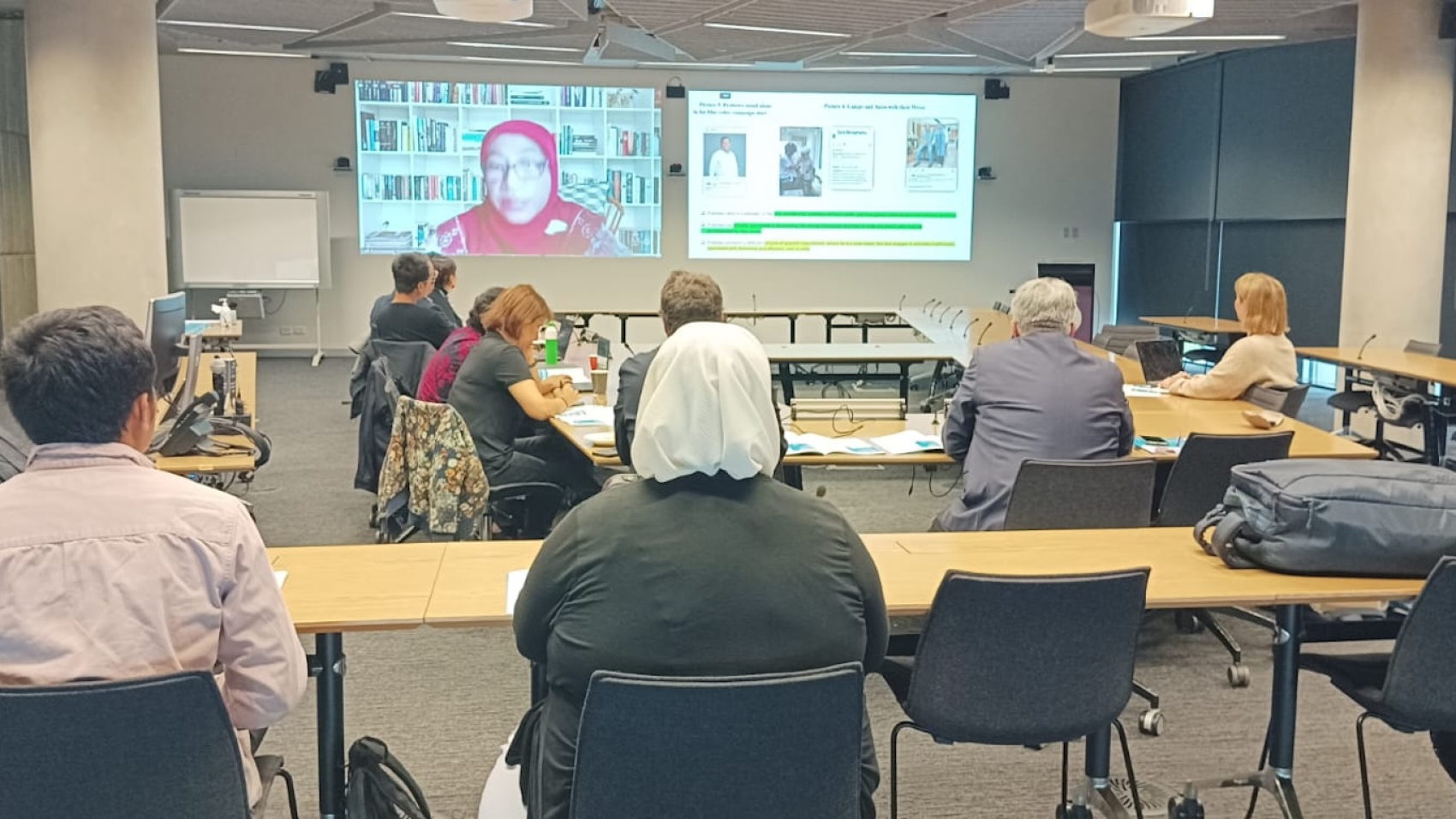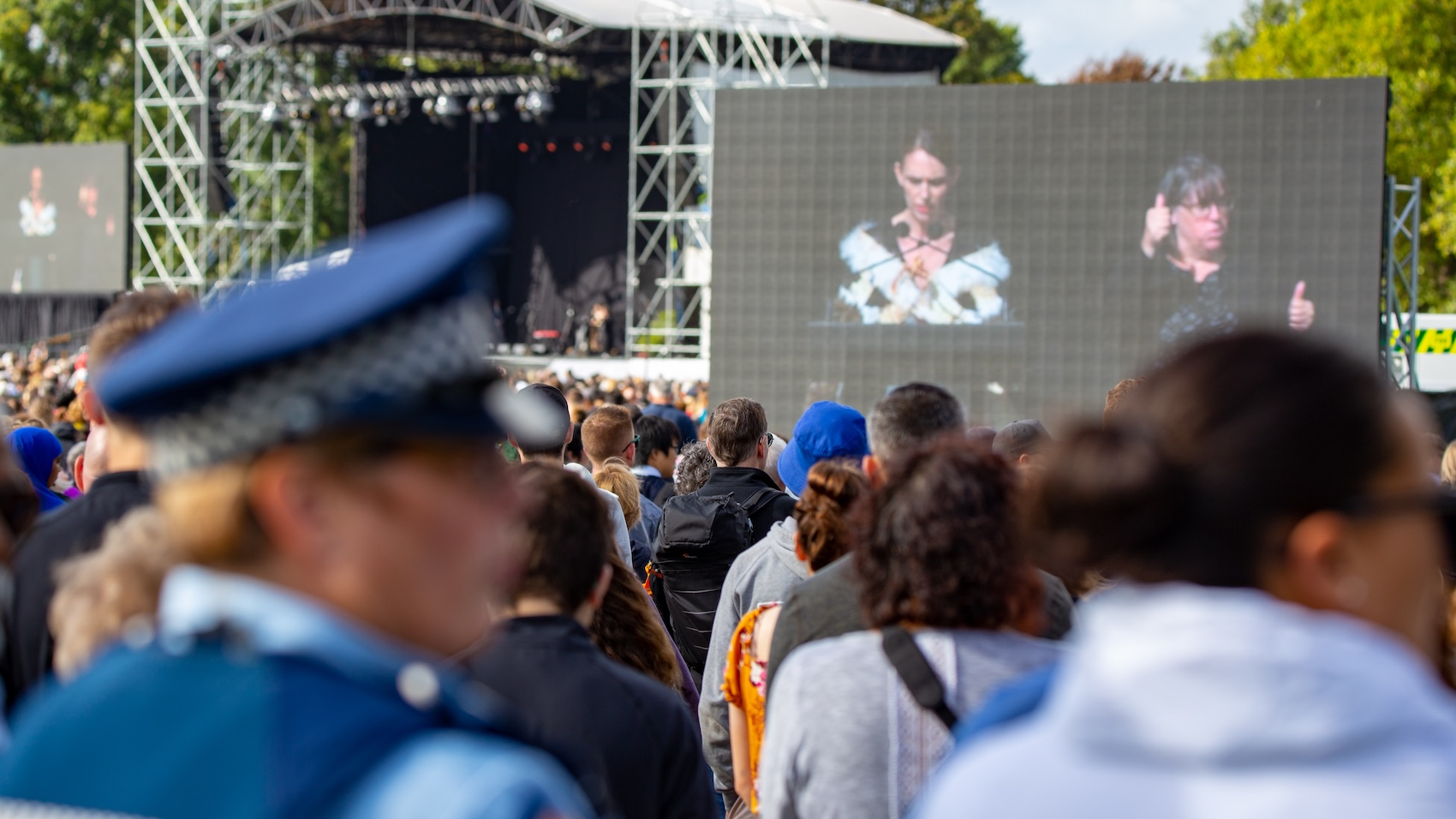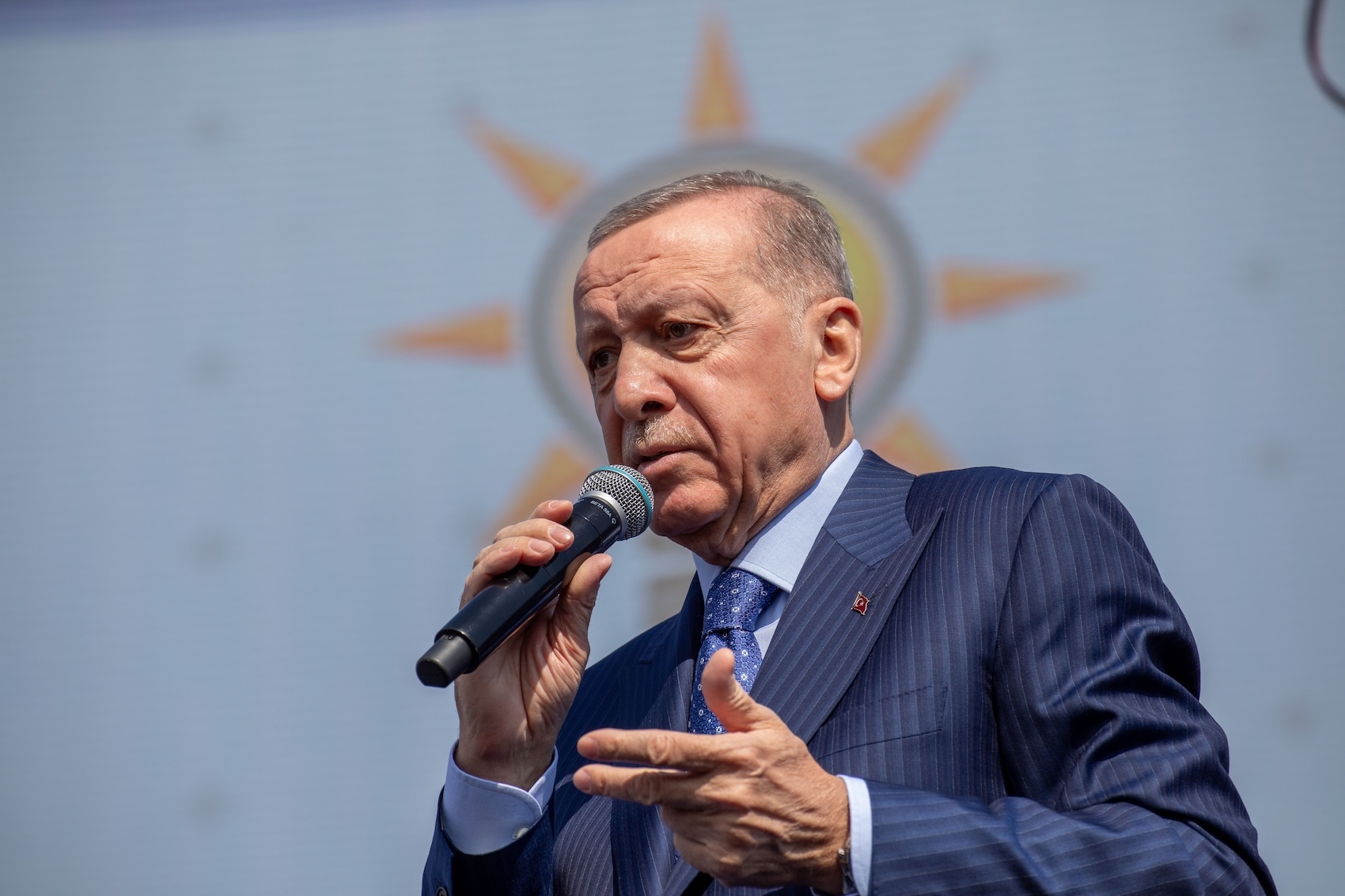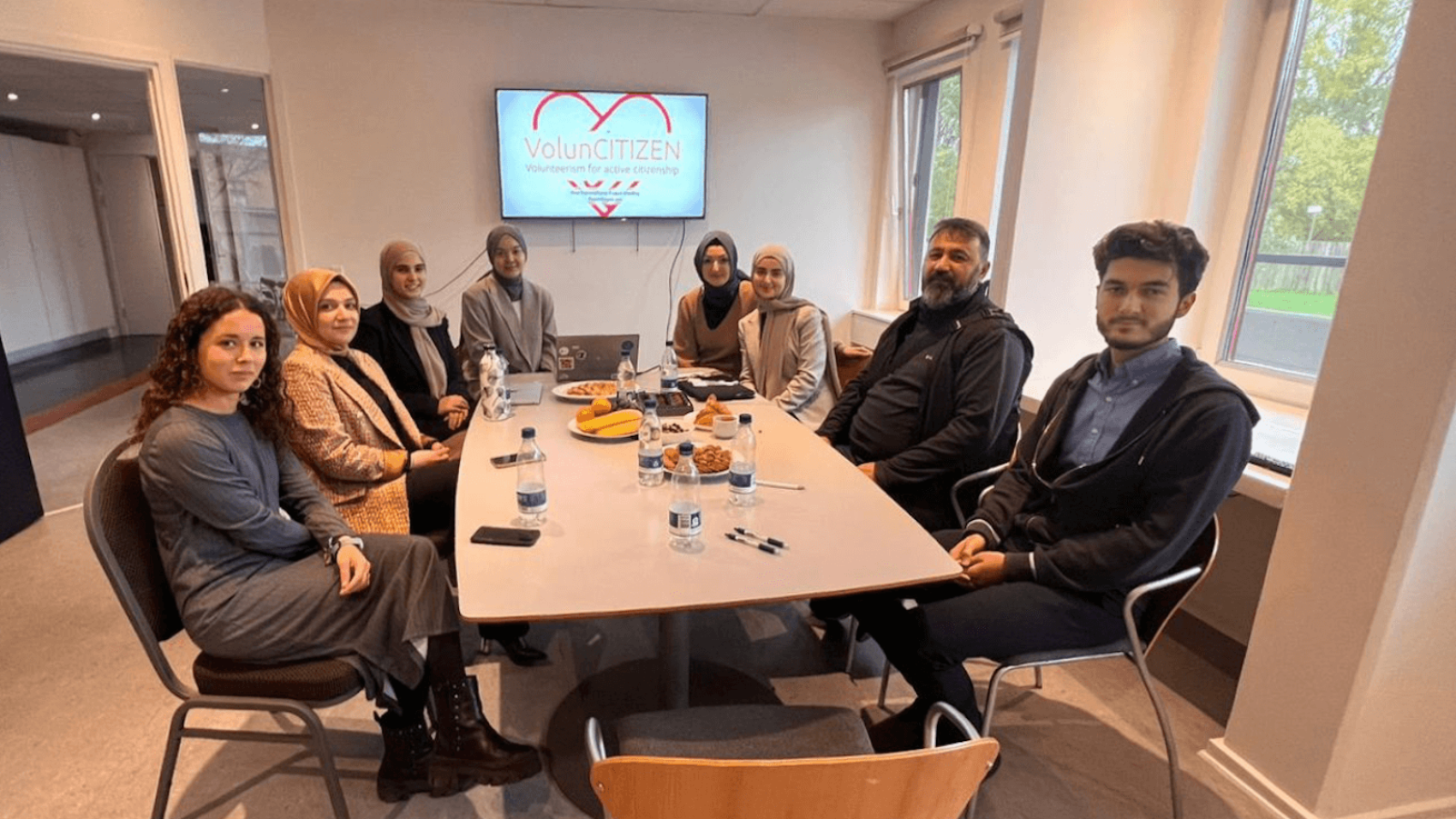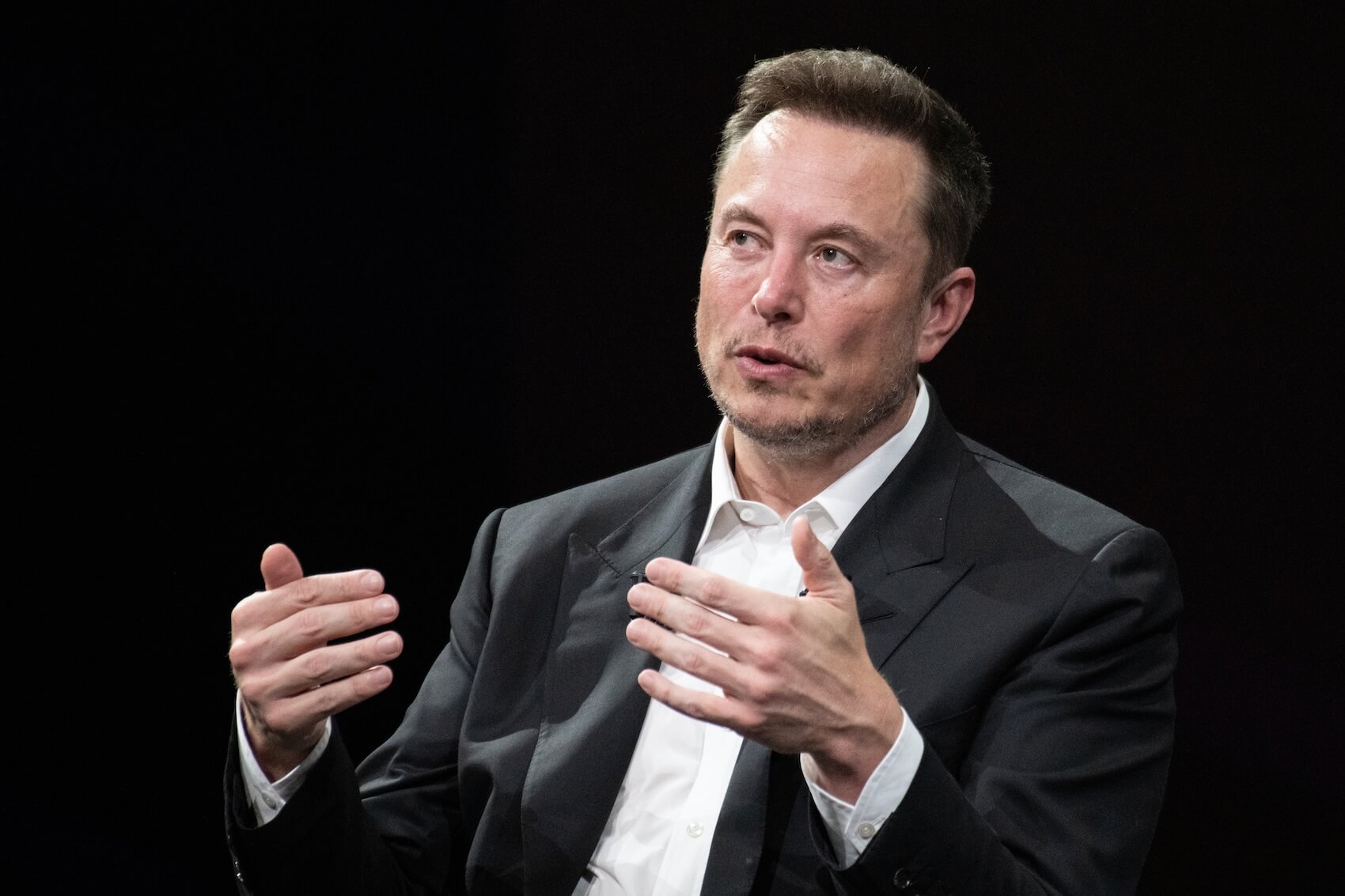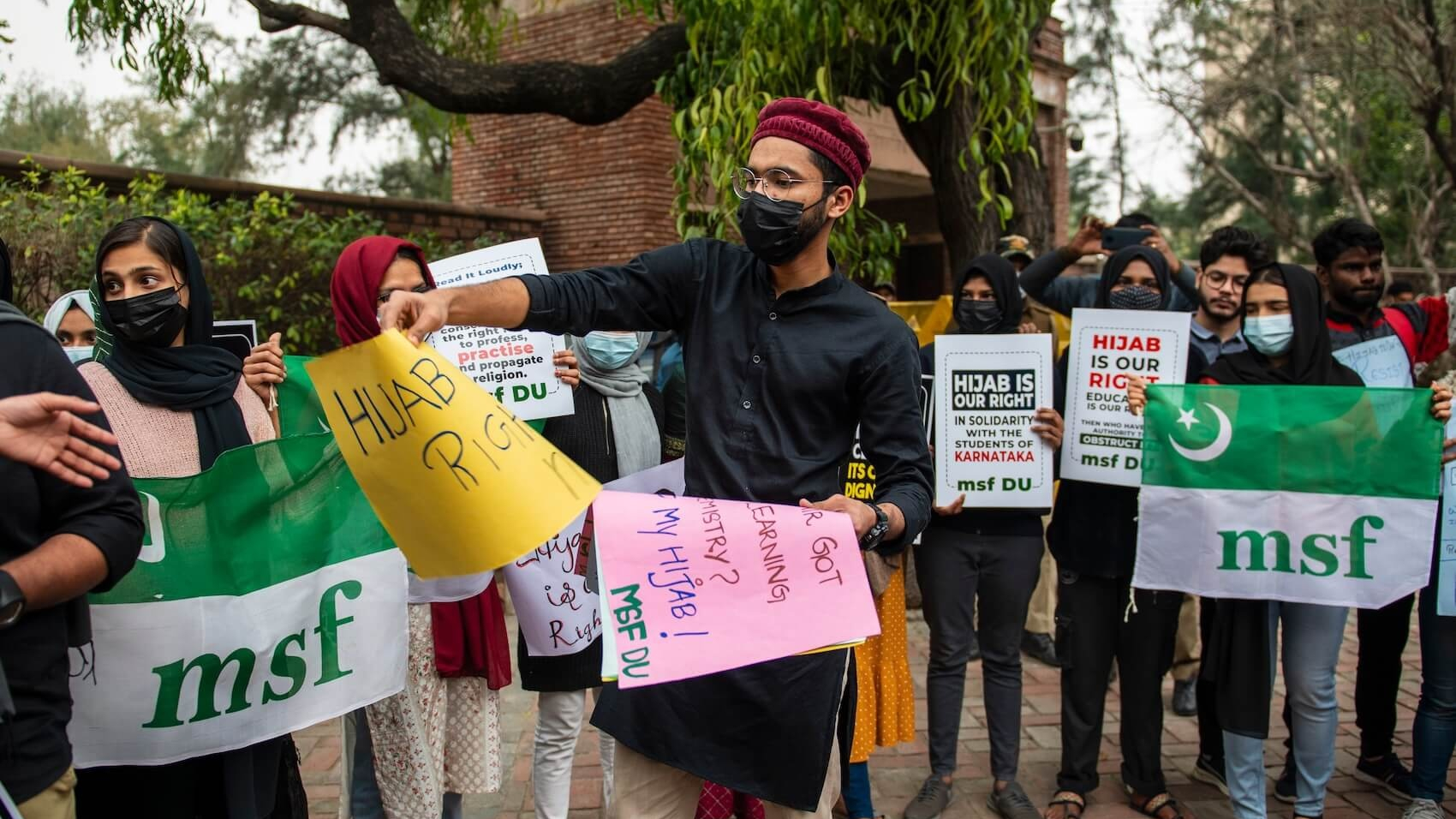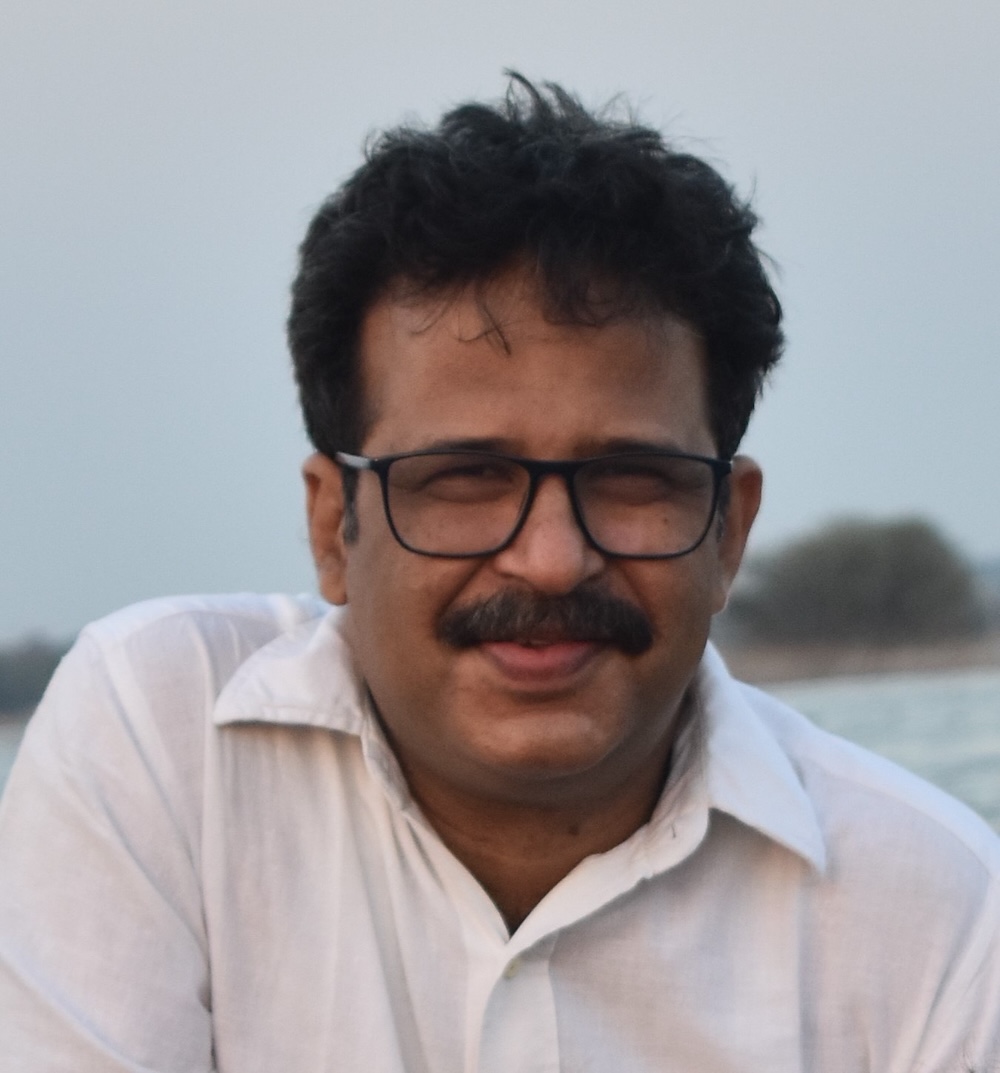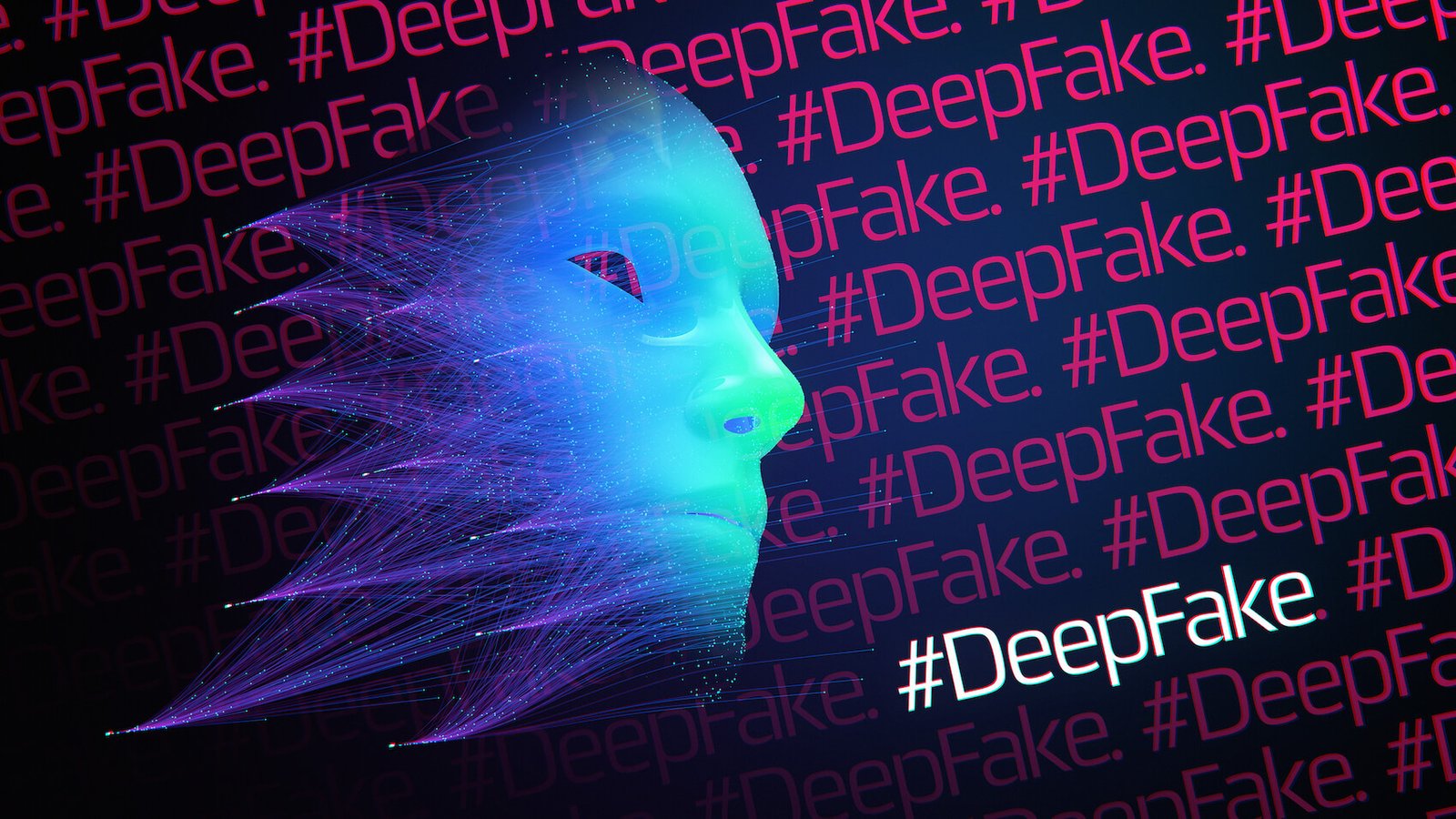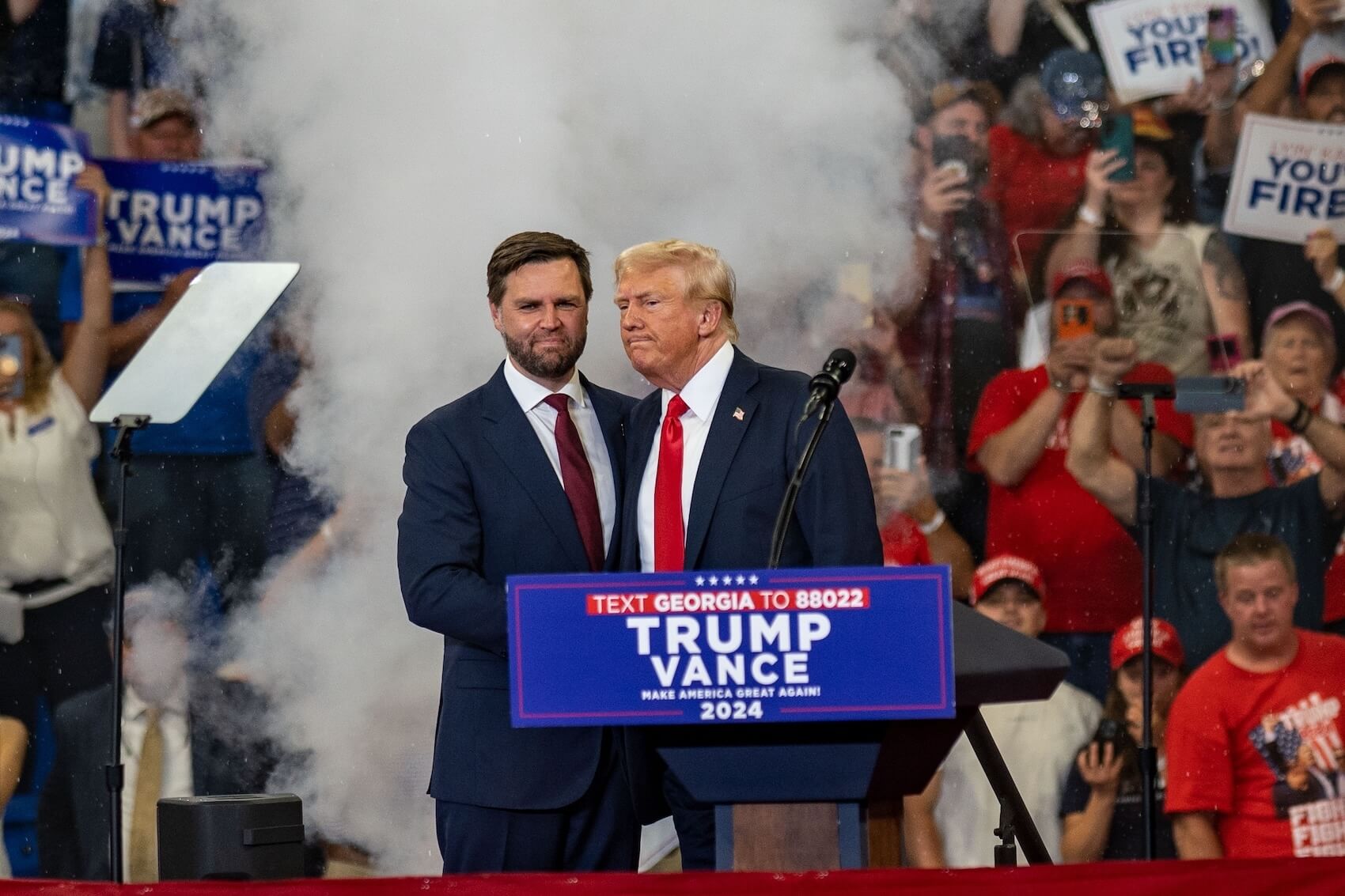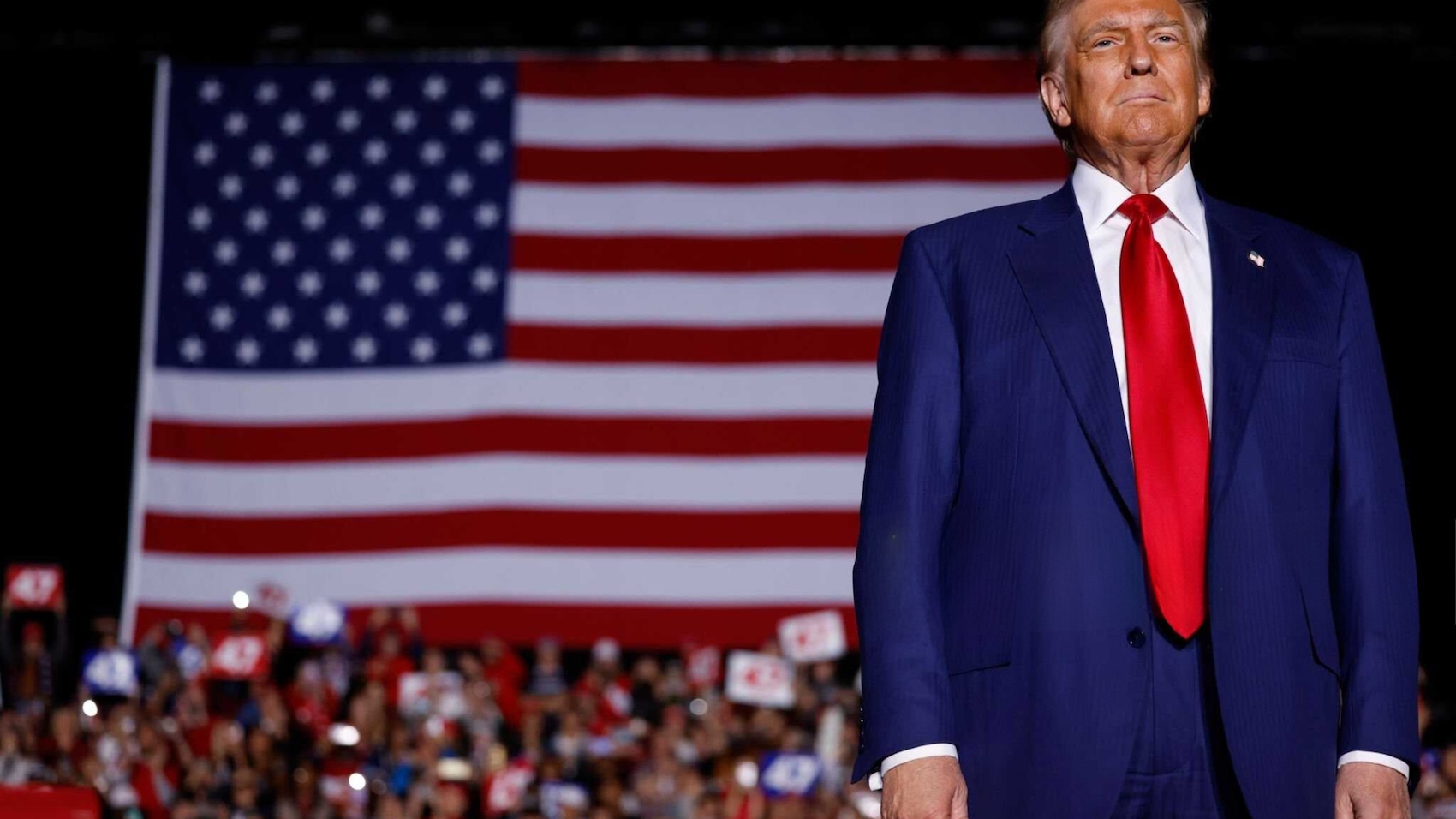DOWNLOAD PDF
Please cite as:
Tostes, Ana Paula. (2024). “Enemies Inside: European Populism and Dimensions of Euroscepticism.” Populism & Politics (P&P). European Center for Populism Studies (ECPS). December 5, 2024. Doi: https://doi.org/10.55271/pp0043b
Abstract
The article seeks to investigate the EU crises impacting electoral support for new right-wing and left-wing extremist ideologies with populist characteristics. We examine populist political parties’ performances in national elections in 15 Western European countries to understand better the current state of specific and diffuse Euroscepticism (Kopecky & Mudde, 2002). Finally, we confirm that Euroscepticism increases in periods of crisis and can be identified as expressions of those contesting EU policies related to the economy, specifically, or social and political integration when it encompasses a more generalized attitude against the EU.
Keywords: populism, Euroscepticism, EU crises
(Received June 6, 2024, Published December 5, 2024.)
By Ana Paula Tostes*
Introduction
Despite the ambiguities of the concept of populism (Judis, 2016; Müller, 2016; Kaltwasser, 2012), in this article, we discuss its emergence in the context of the EU integration process, reflected in the increase in Euroscepticism. Popular support for EU institutions and policies has been the primary measure of the legitimacy of the authority of the European institutions, as it provides greater transparency on the coherence between the expectations and perceptions of European citizens and EU governance (Cmakalová & Rolenc, 2012). Public opinion and voter preference for pro-European political parties have been considered relevant in the conditions under which direct elections are held only for the European Parliament, and supranational institutions have been created without public participation and sufficient understanding of the European public.
For this study, we used the national electoral results of extremist political parties from the time the new European far-right ideology emerged in the late 1980s to 2023. We examined the electoral platforms, political strategies, and electoral support of populist political parties in 15 Western European countries to understand better the current state of Euroscepticism in the region and extremist far-right and far-left political parties.
There is a significant amount of literature about the impact of regional integration on European societies, domestic politics, and party systems. Scholars have engaged in lengthy debates on its impact levels, limits and importance (e.g. Kitschelt, 1992; Gabel, 2000; Mair, 2005, 2007; Poguntke & Scarrow, 1996). Taggart (1998) and Marks et al. (2002, 2006) examined voter preferences in national elections based on the level of support for regional integration. They found that national political parties’ position on the regional integration process in Europe is an important variable in explaining voter preferences. Marks et al. (2002, 2006) rated European electors’ ideological and party positions according to the level of support for integration in the economic, political and social spheres. Issues related to identity, sovereignty, security, etc. – that is, “non-material” elements in ideological positions on both the right and the left – proved to be variables that influence the preferences of European voters.
Since the early single market consolidation until the euro crisis in 2008-2009, views that strongly oppose economic integration, such as the ones voiced by far-left political parties, have not received much support from voters. Criticisms of the liberal model for a single market have not been enough to convince citizens that the integration process could cause actual harm, especially those who are distant from it and do not feel that it threatens economic losses. On the contrary, throughout the 1990s, the countries affected the most by the 2008 financial crisis benefitted from the European Structural Funds resource transfers. The situation was similar during the COVID-19 pandemic, which resulted in an unprecedented economic contraction in 2020. In both cases, the EU transfer of benefits and funds was fast, forceful and well-coordinated at all levels.
The same cannot be said about the opponents of social and political integration, the same groups in European societies that see the migration crisis as a critical element causing intolerance and populism to grow in the region. Since the European migration crisis began in 2015, there has been a considerable increase in the politicization of the defence of national identity and culture due to the stances of new far-right political parties.
We have researched public documents and sources and political party manifestos to classify populist political parties by country and, according to Marks et al. (2002, 2006), scale for the consideration of ideological positions impacting the support for integration in the economic sphere and the political and social spheres. Then, we collected the number of votes each party received in each national (Parliamentary) election in the 15 Western European countries to apply the dimensions of Euroscepticism (Kopecky & Mudde, 2002).[1]
EU Contestation and Populism
No crisis in the history of the European Union (EU) compares to the massive wave of migration to Europe, which reached its highest point in 2015 and has not yet come to an end. The EU is a complex and long-term construction, which would only be possible to build continuously or without route changes. There have been essential crises in recent decades, including the Maastricht crisis in the 1990s, the attempt to approve the Constitutional Treaty in 2005 and the series of crises triggered by the economic and financial collapse that affected all the countries in the eurozone in 2009. The EU’s crises have been the object of research and theories to explain different features, contexts, and impacts on the legitimacy and stability of its institutional structure and policies (Brack & Gürkan, 2020). However, a common consequence of the economic and migration crises was the growth of political radicalism and EU contestation. Over the last two decades, the resurgence of terrorism and political radicalism has contributed to the emergence of a socio-political scenario that has become a new normal for Europe: one fraught with assuming populisms and nationalisms that have chosen the EU as a target of criticism.
This article does not ignore a broader, global wave of conservatism that uses populist political platforms, affecting political environments across the Americas, from the United States to Argentina, Brazil and other Latin American countries. However, in the case of the EU, which represents the most critical and successful regional organization and is mentioned as a model for other regions such as South America, it is important to understand under which political circumstances greater integration among states generates opposition. In other words, when does support for regional institutions and norms turn into criticism and skepticism?
Populism found fertile ground to develop during the two major recent crises in the EU: when the euro crises shook the eurozone’s member states (2008-2009) and during the peak in European immigration levels (2015). Although this new acceptance and recognition of criticisms of the excesses of EU institutionalization and the distance between it and national civil society sectors had different effects on different groups, EU contestation was a common strategy for many of them. Criticisms about accountability and participation in building European architecture have always existed. Still, the “nudges” (Sunstein, 2020) are not capable of generating a new set of critical positions articulated around a narrative that accuses elites and representative models of usurping nativist and identity preferences. We now know, especially after the Brexit experience, that criticism of the EU is stronger among portions of the UK population that do not feel that they benefit from globalization or integration, not even the way they facilitate the circulation of people, goods, services and capital within the European Single Market region.[2] Disapproval of the representative model, which extends to the EU, has come mainly from those who possibly (or apparently) perceive themselves as having been harmed by European regional integration or not benefitting from it, even if their dissatisfaction with political, social or economic issues are not related to regional integration itself.
Marks, Wilson, and Ray (2002) examined voter preferences in national elections and the relations, if any, to regional integration. The authors rated voters’ ideological and party positions according to their level of support for European integration in the economic, political and social spheres. Themes related to identity, sovereignty, security, etc. – that is, “non-material” issues found in ideological positions on both the right and the left – proved to be variables that influence the preferences of European voters. Based on their categorization of political parties’ party family by ideology (Mair & Mudde, 1998; Marks et al., 2002), we expect that economic crises are more likely to affect voters with critical views from the left and alternative side of the ideological spectrum, while those related to immigration affect more conservative and nationalist voters, whose ideological preferences are similar to those of the new extreme right-wing political parties.
In both cases, parties at the opposite ends of the political spectrum promise immediate and easy solutions to complex problems, which they frame in similar, comparable scenarios while evoking “fears,” “frustrations,” “anger,” or “resentments” (Müller, 2016, p. 12). Although populism is on the rise in different social and political contexts around the world, this article discusses a possible correlation between critical events associated with EU politics and policies and the increase in votes for populist electoral platforms fueled by social groups related to the new political cleavages identified with the extreme left and the extreme right (Marks et al., 2002; Kurt, 2013). When we look at national electoral results, we find that political and social turmoil is conducive to the success of populist strategies in EU member states’ national elections.
For this article, we used data from the 15 Western European member states (EU15) on electoral support for extremist political parties over nearly 40 years. These countries allow us to consider similarities in their political party ideologies and systems, as the period of the research enables us to identify changes in support for extremist political parties in national elections, as it goes from the time the new European far-right parties emerged in the 1980s (Ignazi, 1996) in the EU15 to recent days.[3] We do not consider their success in obtaining seats in national parliaments, but rather the votes they obtained to indicate voter support for the extremists’ platforms.
Theoretical and Conceptual Framework
The EU represents the status quo for liberal democracy, and it claims to be the promoter of the rule of law and Western values, both within the region of integration and outside it, through its international relations policies and strategies. Anti-establishment voters who fuel criticisms of representative institutions in national elections ground their positions on the regional model of EU institutionalization based on representation without any mechanisms for direct participation. The European Parliament is the only directly elected EU institution, and the European Parliament elections are seen as “second-order” (Reif & Schmitt, 1980; Reif & Norris, 1997) and less important than national ones. To support our argument, we revisited the literature on populism to find signs of populist political strategies in national elections that feed on dissatisfaction with supranational governance and regional integration.
Euroscepticism and Populisms
Euroscepticism has become a “catch-all term” (Bertoncini & Koenig, 2014) broadly used by society and the media, but also by the academic world that seeks to classify and conceptualize it to clarify positions on and the dimensions of skepticism towards Europe and its model of economic and political integration. As a result, there is a point where Euroscepticism and populism overlap. The latter is an older concept with several historical and methodological variations but no single unambiguous definition. Thus, in recognition of the conceptual difficulties related to the term “populism”, it is necessary to clarify how the term will be used and the limits of its use in this article. While we do not consider Euroscepticism a subcategory of populism, Eurosceptic parties have used populist strategies in their campaigns and accused Brussels of many economic problems and the migration crisis.
Although there is no single definition of populism, two common affirmations in the literature are that the term is generally used to discredit political opponents associated with an elite that has expropriated the power of the people and that the populist leader appears as an alternative for reclaiming legitimacy and the authority to represent the “popular will” (e.g., Taggart, 2000, 2002; Laclau, 2005; Mudde, 2007, 2016, 2017; Stanley, 2008; Müller, 2016).
Political scientists use the term “populism” to refer to the call for the “people” to assume their place as historical actors. The social sciences field originally coined the term “populism” in the Weberian sense of “charismatic” leadership: in other words, a populist is a leader who seeks to have his actions legitimized directly by the people and replace institutions. Even so, new populism aims to use public consultations strategically to restore democratic legitimacy. A common conclusion in the literature is that populists attract voters who are “frustrated” with traditional politics and “angry” with or “resentful” towards elites that allegedly did not heed their demands (Müller, 2016). This helps to understand why populists demand public consultations to evade institutional control. This is not a novelty in the contemporary world, as Max Weber had already identified back in the 19th century in England (in “Politics as a Vocation”, published in 1919 in Germany) the practice of “charismatic leaders” holding direct consultations with the people. These leaders use plebiscitary democracy and direct dialogue with the masses, without the intermediation of institutions, to seek legitimacy to bypass procedures and representative institutions. Therefore, the most significant danger of contemporary populism is that it adopts democratic procedures and values to denounce the illegitimacy of democracy. They promise to rescue the people’s “will” while opposing an “elite”.
The “real” power of the people will not, however, be “democratically rescued” by promises of ongoing political participation nor by an “open-ended process of deliberation among actual citizens to generate a range of well-considered popular judgments” (Müller, 2016, p. 29). Populists use referendums to ratify what populist leaders have already chosen as the real issue for people to approve or disapprove to regain their lost identity (Müller, 2016). Popular participation is to substitute the action of representative institutions. It should be noted, however, that populism is not necessarily a prerogative of populist leaders or parties but rather a strategy that mainstream political groups can adopt. For instance, David Cameron’s promise to hold the British referendum on Brexit during the 2014 campaign to guarantee his victory in 2015 has been classified as a populist act committed by a non-populist leader.
Another example is the referendum held on July 5, 2015, in Greece, in which the “no” to the European bailout plan won. Prime Minister Alexis Tsipras, leader of Syriza, promoted the referendum while he continued to negotiate austerity packages for Greece. Tsipras opposed leaving the EU but allowed the referendum, as he did not believe the popular consultation would produce the outcomes it did. The people of Greece did not realize that the agreements on the rescue plan were already on the negotiating table with the Troika and that the alternative to austerity measures was the Grexit. Those who voted against the measures did not necessarily support the idea of Greece withdrawing from the EU. This is a clear case, then, where the oversimplification of an issue during a referendum can produce results that go against the people’s will and threaten the future of the EU. In any case, the strategic use of plebiscitary democracy in the EU to gain popularity and power is a topic of research that warrants further study.
Finally, populism is based on the promise of salvaging morality. The moralization of political discourse and the idea of recovering dignity lost or threatened by corrupt or mistaken politicians justify replacing institutions and procedures with calls for the people to make general decisions on often complex and multifaceted problems. Müller (2016) describes well the difference between “participation” and “the use of referendums” to approve predetermined ideas that do not always reflect the complexity of the solution to a political problem.
A Perfect Match: The EU’s Institutional Complexity and Populist Strategies
The EU is one of the most vital innovations in international relations in the 20th century, mainly due to its institutional network and the regionalization of domestic policies. The creation of the EU intensified diplomatic ties in the region and increased intergovernmental cooperation on national policy issues such as justice and security. It also established a supranational legal framework and regional governance. However, this institutional development was not accompanied by a proportional increase in the different societies’ understanding and information about the European model of integration’s impacts on the social and political life of the citizens of EU member states.
Created only in the 1990s, nearly four decades after the first steps towards regional integration were taken, European citizenship was to contribute to the consolidation of social integration. The existence of European citizenship was to generate a compelling connection between individuals and supranational institutions, such as European Community Law, which organizes not only relations between member states but also between the EU, its institutions and individuals. All this institutional construction was, however, the result of diplomatic action between national governments without the direct participation of the European public. Public consultations were rare, and significant reforms and regional policy innovations were carried out without efforts to raise public awareness about the impacts they would have on national societies.[4] Intergovernmental and diplomatic negotiations used the instruments of representation and indirect democracy to their fullest. This partly explains why mistrust and rejection of European policy grows as EU institutions become more consolidated and visible to citizens.
Ignazi (1996; 2003) and Kitschelt (1994, 1995) associate the force of the new extreme right in Europe with the significant changes in the political spectrum in the region. These authors consider the new European far-right parties a by-product of post-industrial societies and thus classify them as “anti-system parties”. Stefano Bartolini (2007) highlights another critical event in the development of post-industrial European societies. The author sustained that no other issue in “post-war electoral history” has had the same broad and standardizing effects across the European party system as the regional integration process has.
In this integration scenario, when immigration started to increase considerably, we witnessed anti-immigration policies become one of the main points on the platform of new far-right populist parties in the region when they reformulated the focus of their arguments and criticism of democratic institutions. At a lower level, anti-immigration attitudes have emerged since the signing and implementation of the Schengen Agreement in 1985, which generated the slow (but consistent) growth of this new far-right ideology throughout the 1990s. Between 1989 and 1999, in response to the occupancy of seats in the EP by representatives of the far-right, racism and xenophobia began to be monitored regularly in the region, which led to the publication of the first report on the issue in June 1999.[5] It was clear, then, that European citizens’ coexistence with different cultures and nationalities generated social integration and defensive and xenophobic reactions. Around that time, the National Front, the most consolidated political party of the new far-right in Europe, founded in 1972 by Jean-Marie Le Pen (father of Marine Le Pen, president of the party since 2011), began to win seats in the French parliament in 1986. Jean-Marie Le Pen was elected to the European Parliament for the first time in 1984 and has not lost electoral support to represent French extremists in the EU since then.[6]
There is a wealth of theoretical works and empirical studies that establish definitions for and characterize a new right-wing ideology that emerged in Europe in the 1980s and its refinement and organization into parties in the 1990s (e.g., Ignazi, 1996; 2003; Kitschelt, 1988; 1994; 1995; Mudde, 2007, 2016, 2017; Taggart, 1996, 1998). While regional integration has undeniably impacted domestic politics, societies and party systems in Europe, there are different views. Scholars eventually reached a consensus that national political parties’ position on regional integration is essential in explaining voter preferences (Taggart, 1998; Marks et al., 2002; 2006).
The literature identifies a “new political cleavage” from industrial capitalism’s transformation into post-industrial capitalism (Betz, 1994; Ignazi, 1996; Marks et al., 2002). As this cleavage resulted from positions critical of globalization and the liberal model of representative democracy, the region of European integration became fertile ground for new ideas on identity and demands related to the expropriation of sovereignty by “an elite” or threats to local and national culture. Common populist rhetorical strategies seek to incorporate these ideas in their justification for alternatives to liberal democracy based on representation and the rule of law.
In the early 2000s, Marks, Wilson, and Ray (2002) used the cleavage theory (Lipset & Rokkan, 1967) to create a new definition of transnational cleavage. Later, transnational cleavage was accepted by the literature related to the rise of the supranational governance of the EU and the benefits and criticisms of the high level of regional institutionalization (Hooghe & Marks, 2018). They argue that contestation on European integration can structure political competition focusing on two faces of the EU: political (and social) integration and economic (liberal) integration. The result is that on the far-left, Euroscepticism appears stronger concerning measures of economic integration (the far-left is firmly against economic integration and moderately against political integration). Euroscepticism appears diffusely on the far-right (or the “new” far-right, as the authors described). In other words, no support is expected at all for the EU policies from the new far-right.
Kopecky and Mudde (2002) identified two categories of European scepticism that complement the classification of the European political parties described above: diffuse Euroscepticism and specific Euroscepticism. Looking at national elections in Europe in recent decades, we see that the difference between the two sides of Euroscepticism is reproduced in the Eurosceptic ideological positions defended by the left and the right. Diffuse Euroscepticism refers to a “support for general ideas of European integration that underlie the EU” (Kopecky & Mudde, 2002, p. 300), which is more present in the ideas and platforms of the far-right parties. In contrast, in the case of the far-left, we found more specific criticisms of the EU by denoting support for reforming more general practices or rules. The critics are about “the EU as it is and as it is developing” (Kopecky & Mudde, 2002, p. 300). In other words, they can demand reforming the EU politics but not eliminate it (specific Euroscepticism).
Analysis & Discussion
Analyzing the national elections of the 15 Western European countries that were part of the EU before 2004—known as the EU-15—provides a clearer understanding of the changes in European voters’ positions regarding extremist and populist political parties and potential future changes in voter preferences. The exclusion of Eastern European countries in this article is justified by the need for different approaches for East and West countries.
We classified extremist political parties according to the party family typology proposed by Marks et al. (2002) and the identification of a new transnational cleavage in the EU region (Hooghe & Marks, 2015). However, in the case of the far-left, we excluded traditional communist parties aligned with a clear ideology advocating changes in the economic model as they are not necessarily populist. We are interested here in the emergence of a new far-left populism.
Selection Criteria and the Lists of Political Parties
During the time frame chosen for this study, political parties emerged, while others disappeared, and some changed their names. Tables 1 and 2 below list all extremist parties that received more than 1% of votes in elections between the late 1980s and 2023 by country. We did not describe the history of each political party in detail, which would require a large amount of space.[7] The selection criteria were based on two sources of classification: i) recognition of the party as far-right or far-left and as having populist characteristics in the literature, and ii) examination of political party manifestos (when available in the Manifesto Project’s data[8] or on the political parties’ official websites).
There are cases of what Ignazi (1996; 2003) refers to as the “renewal of political parties”. This is when, without changing their name, a few political parties became more radical and started to designate themselves as the new (and no longer traditional) extreme right, as was the case of the Portuguese National Renewal Party (NRP). From 2009 onwards, the NRP started to assume more populist characteristics and changed its political orientation, describing itself as a “new right-wing”. The same thing happened on the far-left, although in fewer cases. Here, we consider political parties far-left based on their adoption of rhetoric and themes such as anti-elitism, opposition to the establishment and other signs of anti-systemic stances. Some are openly nationalist, anti-immigrant, sovereigntist (radical), and in favor of the country leaving the European Union, while others identify as Eurosceptic and anti-EU.
Table 1- List of far-left parties
| Country | Political parties* | Lifetime (first year they received votes/or the few years in which the party received votes)* |
| Austria | N/A | N/A |
| Belgium | N/A | N/A |
| Denmark | N/A | N/A |
| Finland | N/A | N/A |
| France | La France Insoumise (FLI/FI)Left Front | since 2017since 2012 |
| Germany | Die Linke | since 2009 |
| Greece | SYRIZA | since 2004 |
| Ireland | United Left Alliance (more traditional left) | since 2011 |
| Italy | M5SPRCProletarian Democracy | since 20131992-20061983, 1987 |
| Luxembourg | N/A | N/A |
| Netherlands | N/A | N/A |
| Portugal | B.E. | since 1999 |
| Spain | PodemosUnidos Podemos (electoral alliance of left-wing parties) | 2015since 2016 |
| Sweden | N/A | N/A |
| United Kingdom | N/A | N/A |
* Only political parties that received more than 1% of the votes are listed, and the table only contains the years within the article’s time frame.
Source: Dataset created by the author based on MANIFESTO PROJECT. MARPOR (Manifesto Research On Political Representation. WZB. 2024: https://manifesto-project.wzb.eu/ and public election data from: http://www.electionguide.org/; https://www.electoralgeography.com/new/en/elections.
Table 2- List of far-right parties
| Country | Political parties* | Life time (first year receiving votes/or the few years in which they received votes)* |
| Austria | FPÖBZÖ | since 1979since 2006 |
| Belgium | VB (Vlaams Blok/Vlaams Belang)LDD (Lijst Dedecker)PPNational Front | since 19812007, 2010since 20101991-2007 |
| Denmark | Z (Fremskridtspartiet)DFP | since 1981-1998since 1998 |
| Finland | Finnish Rural party (joined to Finns Party)True Finns/ Finns Party | 1979-1995 since 1999 |
| France | National Front | since 1986 |
| Germany | REPNPDAfD | 1990, 1994, 1998since 2005since 2013 |
| Greece | LAOS | since 2004 |
| Ireland | N/A | N/A |
| Italy | LN (LN/MA, 2006)FT | since 19921996, 2008 |
| Luxembourg | ADRNM | since 19891989-2004 |
| Netherlands | LNLVFPVVCD | 20022002-2003since 20061994 |
| Portugal | N/A | N/A |
| Spain | N/A | N/A |
| Sweden | SDND | since 20021991-1994 |
| United Kingdom | UKIP | since 2001 |
* Only political parties that received more than 1% of the votes are listed, and the table only contains the years within the article’s time frame.
Source: Dataset created by the author based on MANIFESTO PROJECT. MARPOR (Manifesto Research On Political Representation. WZB. 2024: https://manifesto-project.wzb.eu/ and public election data from: http://www.electionguide.org/; https://www.electoralgeography.com/new/en/elections.
Populist Characteristics and Their Impact on Support for the EU
As well summarized by Carlos de la Torre (2019), right- or left-wing populists share the same anti-institutional political logic, which is “based on the construction of a political frontier” (de la Torre, 2019, p. 66) between people and institutions. Despite their different narratives on who “the people” are, both right-wing and left-wing populist leaders and political parties use “similar politicizations of grievances and emotions” and they “aim to rupture exclusionary institutional systems to give power back to the people” (de la Torre, 2019, p. 68). The difference is in how they define “the people.”
“Right-wing populists use essentialist criteria of ethnicity to exclude minority populations. The people as constructed by Donald Trump, for example, face ethnic and religious enemies such as Mexicans, Muslims, or militant African American activists (de la Torre, 2017). Similarly, rightwing European populists defend the ordinary people against those below, such as immigrants, refugees, and former colonial subjects, and the privileged cosmopolitan New Class above. An alternative conceptualization of the people is primarily political and socioeconomic. Left-wing populists construct the category of the people as the majorities of their nations that were excluded by neoliberal policies imposed by supranational organizations like the IMF or the Troika. Hugo Chávez, Rafael Correa, Pablo Iglesias, and Alex Tsipras face the oligarchy.” (de la Torre, 2019, 67
We then calculated the votes cast for all political parties classified as far-right and far-left in national elections over the last 40 years.[9] Populist parties on the far-right were selected based on criteria used in the literature on this subject (Mudde, 2007, 2016, 2017; Ignazi, 2003; Marks et al., 2002; Poguntke & Scarrow, 1996), especially the terms they use in their political platforms. In some cases, the parties openly label themselves as the “new far-right”. For other parties that were not as forthcoming, we analyzed their history and platforms first to determine what the “new” and “old style” of far-right is (such as Nazi and antisemitic political parties, although the latter were not included in our analyses) and we classified them accordingly. Far-left populist parties were selected based on their demagoguery and their promises of simplistic solutions to complex problems and crises, often accusing neoliberal policies and the EU market of being responsible for the social and economic ills of member countries.
The election results were selected for far-left parties (FLPs) and far-right parties (FRPs) for approximately 40 years –from the first elections held in the early 1980s in the EU-15 until recent elections. After collecting data, to illustrate our findings and give a broader overview of the impact of crises on the shift in behavior in the countries studied, we divided the countries into two groups to identify the growth of votes on populist political parties from the left and the right: i) the countries affected the most by the 2008-2009 economic crisis (Greece, Italy, Portugal, Spain, and Ireland), and ii) the countries less affected by the 2008-2009 economic crisis (Austria, Belgium, Denmark, Finland, France, Germany, Luxembourg, the Netherlands, Sweden and United Kingdom).
The international crisis had the most significant impact on the eurozone countries between 2009 and 2013. Table 3 includes countries with four years of negative growth, measured by GDP (Gross Domestic Product), between 2009 and 2013, plus Ireland. Ireland was an exception in this group because it suffered from the effects of the economic crisis earlier, experiencing negative growth as early as 2008 (as did Italy). It had the highest negative growth rate (-7.8% in 2009).
Table 3- Growth of populist votes in countries affected the most by the 2008-2009 economic crisis
| Votes for FLPs | Votes for FRPs | |
| GreeceTend to a more specificEuroscepticism | growth in period of the economic crisis | growth in period of migration crisis |
| ItalyTend to a more diffuseEuroscepticism | growth in period of the economic crisisgrowth in period of migration crisis(syncretic with economic platform) | growth in period of the economic crisisgrowth in period of migration crisis |
| IrelandTend not to present Euroscepticism | ||
| PortugalTend to a more specificEuroscepticism | growth in period of the economic crisis | growth in period of migration crisis |
| SpainTend to a more diffuseEuroscepticism | growth in period of migration crisis | growth in period of migration crisis |
Source: Dataset created by the author based on public election data (http://www.electionguide.org/; https://www.electoralgeography.com/new/en/elections)
From the election results of the group of countries in Table 3, we conclude that once the euro crisis erupted in the region in 2008-2009, voters who supported left-wing ideology became more critical of EU austerity policies and rules (specificEuroscepticism). However, as the economy returned to a certain degree of normality and the migration crises emerged as a new source of regional instability, left-wing populist parties began to lose strength in most EU 15 countries, and far-right populism gained ground.
In cases such as in Portugal and Greece, it is essential to say that once far-left party leaders had been elected to government or stabilized themselves in coalitions to govern, they changed their strategies. Previously considered populist leaders, they lost space in their political parties or abandoned old narratives that accused the EU of all their ills and started to defend responsible policies as soon as they arrived in government. A new scenario followed the euro crisis in these two countries. The political parties of the Bloco de Esquerda (Left Bloc) in Portugal could no longer be classified as populist since they gained the government coalition. The old populist narratives in economic promises have been replaced by a responsible government that maintained leadership in the country until recently. A similar situation was seen in Greece when the split in Syriza generated by the rupture between Prime Minister Alexis Tsipras and Yanis Varoufakis, the minister of finance, occurred during the peak of the sovereignty crisis and the impasses in the negotiations with the Troika.[10] The result can be interpreted by what Judis (2016) has developed very well and de la Torre (2019) has considered as a de-radicalization of Syriza since 2015 and Podemos since 2018.
Ireland was the only country from Table 3 whose results showed no Euroscepticism in political parties’ positioning (considering the selection criteria of the political parties and level of public support). Until a few years ago, many questioned why Ireland seemed immune to the influence of populism. The country has far-right parties, such as the National Party, but they exist on the margins and have never won seats in the Irish Parliament. As for the new migration crisis, there was a kind of cooperation and an attitude of shared responsibility by the political elites and society. There is a general feeling of national pride and solidarity with refugees in the Irish public opinion.
More recently, Russia’s invasion of Ukraine generated an influx of Ukrainian refugees and asylum seekers to Ireland. While many welcomed them, an increase in anti-immigrant protesters in the country has been reported. Far-right populists saw this as an opportunity to spread feelings of rejection towards refugees and to be more critical of European and national governments due to a devastating housing crisis in the country.
Italy and Spain were cases of diffuse Euroscepticism that appeared among countries in Table 3. Left-wing populism in Spain (as in Greece and Portugal) found space in the government coalition in 2016, becoming less radical and less populist. Although Italy was significantly impacted by the immigration crisis, even before 2015, we highlight that far-right ideology in the country has already existed since the 1980s. It is also important to emphasize that Italy was the only case in which we saw the emergence of a populism already associated with the left (as shown in the table). Still, it is better associated with a syncretic position, as the more alternative and anarchist Italians self-designated themselves. A syncretic populist spectrum grew significantly during the euro crisis, behaving as a good example for the Green/alternative/libertarian (GAL) spectrum of the new political alignments addressed by Hooghe, Marks, and Wilson (2002). Here, we emphasize that we consider the votes for the Five Star Movement (M5S) not aligned with a left/right dimension of political ideology. Exceptionally, in our research, the movement professed the desire to “stay to change the Union from within” with a populist and economic platform, as the defence of a referendum on the euro in Italy (Zotto, 2017), but with a more GAL political dimension designed by the M5S’ leaders as a “syncretic” position.
We investigate the influence of a second dimension, a new political dimension that we conceive as ranging from Green/alternative/libertarian (GAL) to traditional/authoritarian/nationalist (TAN). We find that this dimension is the most general and powerful predictor of party positioning on the issues that arise from European integration.
As explained above, the countries in Table 4 are selected as those that were (comparably in the EU15 region) least affected by the euro crisis, having presented less than four years of growth, measured by negative GDP, between 2009 and 2013. Also, the countries in Table 4 appeared to have been more impacted by the migration crisis, which reached its highest point in 2015, than the economic one. In this case, the far-right ideology legitimated intolerant attitudes and xenophobia in the face of the humanitarian catastrophe that Europe was in the middle of.
Table 4 – Growth of populist votes in countries less affected by the 2008-2009 economic crisis
| Votes for FLPs | Votes for FRPs | |
| AustriaTend to a more diffuseEuroscepticism | growth in period of migration crisis | growth in period of the economic crisisgrowth in period of migration crisis |
| BelgiumTend to a more diffuseEuroscepticism | growth in period of the economic crisis | |
| DenmarkTend to a more diffuseEuroscepticism | growth in period of the economic crisis | growth in period of migration crisis |
| FinlandTend to a more diffuseEuroscepticism | growth in period of the economic crisisgrowth in period of migration crisis | |
| FranceTend to a more diffuseEuroscepticism | growth in period of the economic crisisgrowth in period of migration crisis | growth in period of the economic crisisgrowth in period of migration crisis |
| GermanyTend to a more diffuseEuroscepticism | growth in period of the economic crisis | growth in period of the economic crisisgrowth in period of migration crisis |
| LuxembourgTend to a more diffuseEuroscepticism | growth in period of the economic crisisgrowth in period of migration crisis | |
| NetherlandsTend to a more diffuseEuroscepticism | growth in period of the economic crisisgrowth in period of migration crisis | |
| United KingdomTend to a more diffuseEuroscepticism | growth in period of migration crisis | |
| SwedenTend to a more diffuseEuroscepticism | growth in period of migration crisis |
Source: Dataset created by the author based on public election data (http://www.electionguide.org/; https://www.electoralgeography.com/new/en/elections)
Most of the countries, as expected, presented a trend to increase vote preference for FRPs during the immigration crises. They tend to have a more diffuse Euroscepticism.[11] Also, Although Belgium presented no growth of votes for FLPs during the period of the euro crisis, we saw an increase of FRPs in the two moments of crises considered in this article. Austria appeared as an outsider. The Austrians presented a new trend to vote for the populist far-left during the immigration crisis. However, there has been a decrease in radical votes since the legislative election of 2019, when the Free Party of Austria (populist far-right) lost 20 seats in the Parliament.
The UK results show a clear relationship between populists of the far-right and the referendum that resulted in Brexit, followed by a quick decrease in support after the June 2016 event. Interestingly, the strength of populism in the country was evident in public manifestation, and the use of the media to promote an oversimplified view of the social problem raised by the rise in immigration in the country was not reflected in elections for the British Parliament. Even so, the case of the Brexit referendum is the clearest example of the influence of populism on electoral behavior and its consequences. The post-referendum shifts in public opinion from criticism to support for the EU revealed an apparent lack of understanding of the brutal consequences of Brexit for the British.[12]
Finally, when we look at the impact of migration crises on voter behavior, tables 3 and 4 illustrate that populism explains the growth of the far-right more than the economic crisis does. By separating the countries into ones affected the most and ones affected the least by the financial crisis (tables 3 and 4), we found that although the far-left grew more significantly in countries that suffered the most from the economic crisis, in most cases, left-wing radicalism tended to lose ground after the crises. While the rise of the far-right is prevalent during crises in general, the increase in votes for far-right parties occurred in 13 of the 15 countries analyzed during the migration crisis. Support for the far-left, however, increased during the migration crisis in Austria, France and Italy only.
Concluding Remarks
The article aims to investigate if and to what extent two decisive crises in the region affected support for political parties with Eurosceptic characteristics, which are more commonly aligned with extremist right or left-wing populist positions. The article sought to identify patterns in the growth of far-right and far-left populist parties to confirm the general perception that Euroscepticism and populism benefit from regional crises. We thus aimed to further the discussion on the risk of crises in the EU contributing to the increase in Euroscepticism and the tendency to vote for political parties that can weaken the European model based on the principles of liberal democracy, representation and the rule of law. The best predictor of the growth of Euroscepticism is migration issues. Our findings revealed the growing resistance in EU societies to the increasing number of immigrants in the region.
Also, in general, the results of this study show that populist agendas (both from the left or the right) found fertile ground in environments where support for democratic measures based on liberal institutions and representation was on the decline, “revealing hidden preferences that might have existed all along, but individuals were discouraged from making them public” (Brescia, 2019). We have seen a decline in the approval of EU institutions and norms and the emergence of intense hostility towards representative politics in countries during the period when populism was on the rise. However, to understand variations in the performances of populist political parties radically opposed to the EU, we analyzed them in the context of the two most significant crises challenging EU policies and politics in the last 40 years. Each country’s electoral findings in this article deserve a more in-depth analysis that could be better explored and developed in future works.
EU crises are seen as events that impact the behavior of European voters, and we assume that the growth of populism is harmful to democracy, even when populist parties and leaders are not elected (Müller, 2016). This is because the ability to spread ideas that discredit politics and representation as a norm of democracy has been dramatically strengthened by digital media, enabling populists to coordinate and promote these ideas transnationally, often linking them to conspiracy theories and denialism. In this context, the EU bureaucracy and its complex governance model are a clear target of populists. The EU adds supranational and intergovernmental institutional constraints to national ones (Müller, 2016, p. 95) and becomes an easy ‘punching bag’ for populist rhetoric.
We conclude that in a wave of growth of support for far-left parties in Western Europe, there are now signs of a bonanza for specific Euroscepticism (Kopecky & Mudde, 2002), which is more centered on criticisms of typical changes and reforms in the EU’s economic model of integration and more specific EU politics affecting the far-left political platforms. However, Diffuse Euroscepticism (Kopecky & Mudde, 2002), which is associated with a general contestation of the EU, involves its representative model of integration with supranational institutions and policy coordination. This side of Euroscepticism seems to be more closely associated with far-right populist narratives that are very much alive in the region.
(*) Dr. Ana Paula Tostes is Jean Monnet Chair at the Rio de Janeiro State University (UERJ), Brazil. Professor at the Graduate Program in Political Science at the Institute of Social and Political Studies (IESP/UERJ) and the Department of International Relations (DRI/UERJ). She is a Senior Fellow at the Brazilian Center of International Relations (CEBRI) and was a visiting researcher at the Free University of Berlin (FUB). She holds a PhD in Political Science (IUPERJ/IESP) and a Postdoc at the University of São Paulo (USP). She was a visiting researcher (2016-2017) at the Free University of Berlin (FUB) and an associate professor at Michigan State University (MSU). Currently, she is the coordinator of the Project for International Cooperation (PROBRAL CAPES/DAAD, 2023-2026) between IESP/UERJ and the German Institute of Global and Area Studies (GIGA), Hamburg, Germany. Results of research supported by the European Union (JMC Project EUgac n. 101127443), Productivity Scholarships from FAPERJ (Prociência/UERJ) and CNPq (n. 316785/2021-0).
References
Benfield, Jack. (2012). Populism in Europe: Sweden. Open Society Foundations. February 2012. https://www.opensocietyfoundations.org/publications/populism-europe-sweden (accessed on September 27, 2024).
Bertoncini, Yves & Koenig, Nicole. (2014). “Euroscepticism or Europhobia: Voice vs. Exit?” Jacques Delors Institut Berlin Policy Paper 121, 27 Nov. 2014. http://www.institutdelors.eu/media/euroscepticismoreurophobia-bertoncini-koenig-ne-jdi-nov14.pdf?pdf=ok (accessed on September 25, 2024).
Betz, Hans-Georg. (1994). Radical Right-Wing Populism in Western Europe. New York, St. Martin’s Press.
Borzel, Tanja & Risse, Thomas (2009). “Conceptualizing the Domestic Impact of Europe”. In: Featherstone, Keith & Radaelli, Claudio (eds.) The Politics of Europeanization. Oxford: Oxford University Press.
Brack, Nathalie & Gürkan, Seda. (2020) Theorising the Crises of the European Seda. New York: Routledge.
Brescia, Raymond H. (2019-2020). “On Tipping Points and Nudges: Review of Cass Sunstein’s How Change Happens”. Notre Dame Journal of Law, Ethics and Public Policy, vol. 55, n. 3. https://papers.ssrn.com/sol3/papers.cfm?abstract_id=3389471 (accessed September 24, 2024).
Cmakalová, K. & Rolenc, Jan Martin. 2012. “Actorness and legitimacy of the European Union”. Cooperation and Conflict, vol. 47, n.2, pp.260-210 doi:10.1177/0010836712443176
De la Torre, Carlos (2019). “Is left populism the radical democratic answer?” Irish Journal of Sociology, vol. 27, n. 1, pp. 64–71 https://journals.sagepub.com/doi/pdf/10.1177/0791603519827225 (accessed September 25, 2024).
Gabel, M. J. (2000). “European Integration, Voters, and National Politics.” West European Politics. vol. 23, n. 4, pp. 52–72. doi.org/10.1080/01402380008425400
Hooghe, Liesbet; Marks, Gary; Wilson, Carole J. (2002). “Does Left/Right structure party positions on European Integration?” Comparative Political Studies. vol. 35, no 8, pp. 965-989. doi:10.1017/CBO9780511492013.008
Ignazi, Piero. (1996). “The Intellectual Basis of Right-Wing Anti-Partytism”. European Journal of Political Research, vol. 29, no 3, pp. 279–296. doi.org/10.1111/j.1475-6765.1996.tb00653.x
_____. (2003), Extreme Right Parties in Western Europe. Oxford: Oxford University Press.
_____. (1992), “The silent counter‐revolution: Hypotheses on the emergence of extreme right‐wing parties in Europe”. European Journal of Political Research vol. 22, n.1. pp. 3- 34.
Judis, John B. (2016). The Populist Explosion. How the Great Recession Transformed American and European Politics. Columbia Global Reports: New York.
Kaltwasser, C. Rovira. (2012) “The ambivalence of populism: threat and corrective for democracy.” Democratization. vol. 19, no 2, pp. 184-208. doi.org/10.1080/13510347.2011.572619
Kitschelt, Herbert. (1994). The Transformation of European Social Democracy. New York: Cambridge University Press.
_____. (1995), The Radical Right in Western Europe: A Comparative Analysis. Michigan: University of Michigan Press.
______. (2002), “Popular Dissatisfaction with Democracy: Populism and Party Systems”. In: Mény, Y & Y. Surel, Y. (ed.) Democracies and the Populist Challenge. New York: Palgrave.
Kopecky, Petr & Mudde, Cas. (2002) “The Two Sides of Euroscepticism. Party Position on European Integration in East Central Europe.” European Union Politics. vol. 3, no 3, pp. 297-326. doi:10.1177/1465116502003003002
Lipset, Seymour M. & Rokkan, Stein. (1967). “Cleavage Structures, Party Systems and Voter Alignments: An Introduction” In LIPSET, Seymour M. & Rokkan, Stein. (eds.) Party System and Voter Alignments: Crossnational Perspectives. New York: Free Press.
Laclau, Ernesto. (2005). On Populist Reason. London, New York: Verso.
MANIFESTO PROJECT. (2024). MARPOR, Manifesto Research On Political Representation. WZB. https://manifesto-project.wzb.eu/ (accessed on September 30, 2024).
Mair, P. (2005). “Popular democracy and the European Union polity.” Working Paper, European Governance Papers C-05-03 https://cadmus.eui.eu/handle/1814/3292 (accessed September 24, 2024).
______. (2007), “Political opposition and the European Union.” Government and Opposition, vol. 42, 1, pp. 1-17.
Mair, Peter & Mudde, Cas (1998). “The party family and its study”. Annual Review of Political Science, vol.1, pp. 211–29 https://www.researchgate.net/publication/47379678_The_Party_Family_and_its_Study (accessed September 24, 2024).
Marks, Gary; Wilson, Carole; Ray, Leonard. (2002), “National Political Parties and European Integration”. American Journal of Political Science, vol. 46, no 3, pp. 585–594. https://garymarks.web.unc.edu/wp-content/uploads/sites/13018/2016/09/Marks.Wilson.Ray_.political-parties-and-european-integration.pdf (accessed on September 24, 2024).
Marks, Gary; Hooghe, Liesbet; Nelson, Moura; Edwards, Erica. (2006), “Party Competition and European Integration in East and West. Different Structure, Same Causality”. Comparative Political Studies, vol. 39, no 2, pp. 155-175. doi.org/10.1177/0010414005281932
Meijers, Maurits J., (2017). “Radical Right and Radical Left Eurocepticism. A dynamic Phenomenon”. Jacques Delors Institut Berlin Policy Paper 191. 7 April 7, 2017. https://www.hertie-school.org/fileadmin/user_upload/20170407_Euroscepticism-Meijers.pdf (accessed on September 24, 2024).
Mudde, Cas & Kaltwasser, C. Rovira. (2017) Populism. A Very Short Introduction. Oxford: Oxford University Press.
Mudde, Cas. (2017). “Populist Radical Right Parties in Europe Today”. In: Abromeit, John; Chesterton, G. Marotta; Norman, York. (eds.) Transformations of Populism in Europe and the Americas. London: Bloomsbury. pp. 295–307.
_______. (2016) On Extremism and Democracy in Europe. New York: Routledge.
______. (2007), Populist Radical Right Parties in Europe. New York: Cambridge University Press.
Müller, Jan-Werner (2016), What is Populism? Philadelphia: University of Pennsylvania Press.Norris, Pippa; Inglehart, Ronald. Cultural backlash: Trump, Brexit, and authoritarian populism. Cambridge University Press, 2019.
Poguntke, Thomas & Scarrow, Susan. (1996). “The Politics of Anti-Party Sentiment: Introduction”. European Journal of Political Research, vol. 29, no 3, pp. 257–262. doi.org/10.1111/j.1475-6765.1996.tb00651.x
Reif, Karlheinz & Schmitt, Herman. (1980). “Nine Second-Order Elections – A Conceptual Framework for Analysis of European Elections Results” European Consortium for Political Research, vol. 8, pp. 3-44. doi.org/10.1111/j.1475-6765.1980.tb00737.x
Reif, Karlheinz; Norris, Pippa; Schmitt, Hermann. (1997). “Second-order elections”. European Journal of Political Research. vol. 31, pp. 109-124. doi.org/10.1111/j.1475-6765.1997.tb00768.x
Risse, Thomas. (2003). “The Euro between National and European Identity”. Journal of European Public Policy, vol. 10, no 4, pp. 487–505. doi.org/10.1080/1350176032000101235
Stanley, Ben. (2008). “The Thin Ideology of Populism” Journal of Political Ideologies. vol. 13, no 1, pp.95-110. doi.org/10.1080/13569310701822289
Sunstein, Cass R. (2020). How Changes Happen. Cambridge: The MIT Press.
Taggart, Paul. (1998). “A Touchstone of Dissent: Euroscepticism in Contemporary Western European Party Systems”. European Journal of Political Research, vol. 33, no 3, pp. 363–388. doi.org/10.1111/1475-6765.00387
________. (1996), The New Populism and the New Politics. Chippenham: Antony Rowe Ltd.
________. (2000), Populism. Buckingham, PA: Open University Press.
________. (2002), “Populism and the Pathology of Representative Politics”. In: Mény, Y. & Surel, Y. (ed.) Democracies and the Populist Challenge. New York: Palgrave.
Weyland, Kurt. (2013). “The Threat from the Populist Left” Journal of Democracy. Vol 24, pp. 18–32. doi:10.1353/jod.2013.0045
What UK Thinks EU. (2024). https://www.whatukthinks.org/eu/ (accessed on September 30, 2024).
Zotto, Elena Dal. (2017). “Populism in Italy: The case of the Five Star Movement”. CIDOB Report n.1. Barcelona Centre for International Affairs. April 2017. https://www.cidob.org/en/articulos/cidob_report/n1_1/populism_in_italy_the_case_of_the_five_star_movement (accessed on September 24, 2024).
Footnotes
[1] http://www.electionguide.org/https://www.electoralgeography.com/new/en/elections; http://www.electionworld.org/topic/europe
[2] Cf. e.g., https://www.sciencedirect.com/science/article/pii/S0176268018301320; https://whatukthinks.org/eu/wp-content/uploads/2016/12/NatCen_Brexplanations-report-FINAL-WEB2.pdf
[3] This includes national elections held up until the writing of this article.
[4] Since the 1970s, the Eurobarometer has been measuring the European public’s level of knowledge about regional integration. It shows that the level of information increased when the EU was in operation and its supranational institutions were being consolidated.
[5] Cf. http://fra.europa.eu/en/publication/1999/eumc-annual-report-1998
[6] Le Pen is currently in his tenth consecutive mandate. He was elected during the last EP elections, which were held in 2014.
[7] We included the data of the first general election in which the political party received support (but did not necessarily win seats in a national parliament). The information in the database constructed to conduct the analyses on the votes cast in each election for each political party in each country is broader and more complex than what is shown in Tables 1 and 2. However, they provide minimal information to show why the parties were selected.
[8] Cf. MANIFESTO PROJECT. (2024) MARPOR: Manifesto Research On Political Representation. WZB. https://manifesto-project.wzb.eu/ (accessed on September 30, 2024).
[9] Parties that did not obtain more than 0.01% of votes were excluded from our calculations.
[10] Syriza is a party created in 2013, based on an anti-EU agenda and a populist narrative. In 2012, the country’s GDP had collapsed by 25%, unemployment reached almost a third of the population (28%) and hundreds of thousands of companies went bankrupt. Between 2010 and 2015 alone, Greece received three emergency rescue packages from the European Union (EU), totalizing more than 320 billion euros. After such negotiations, Prime Minister Tsipras accepted the EU’s conditions as a better option than bearing the consequences of leaving the eurozone. Despite the disappointment of many of populist leaders associated with Syriza, Greek voters chose to vote for moderate politicians without populist narratives than to take risks with the old elites or baseless promises.
[11]Sweden deserves to be studied as a separated case. A report (Demos Report), conducted by an Open Society Foundations initiative represents a pilot project tackling innovative approaches to keeping societies open in Europe. Findings revealed that since 2010, when far-right populists in Sweden entered the national parliament, their voters already showed a different profile from the rest of Europe. A large proportion of voters for the Swedish far-right, especially those who already followed the populist party Sweden Democrats on Facebook, were young people between 16 and 20 years old. In a 2010 survey, 63% of the party’s Facebook followers (the main social media platform at the time in the country) voted for the party – leaving out mainly those who were not old enough to vote in the country. (see Benfield, Jack. Populism in Europe: Sweden. Open Society Foundations. February 2012. https://www.opensocietyfoundations.org/publications/populism-europe-sweden accessed on September 27, 2024).
[12] Cf. WHAT UK THINKS EU. (2024). https://www.whatukthinks.org/eu/ (accessed on September 30, 2024).
Table of Abbreviations
CEBRI Brazilian Center of International Relations
EU European Union
EP European Parliament
FAPERJ Fundação Carlos Chagas Filho de Amparo à Pesquisa do Estado do Rio de Janeiro
FLP Far-left parties
FRP Far-right parties
FUB Free University of Berlin
GAL Green/alternative/libertarian
GDP Gross Domestic Product
GIGA German Institute of Global and Area
IMF International Monetary Fund
MSU Michigan State University
NRP National Renewal Party
JMC Jean Monnet Chair
TAN Traditional/authoritarian/nationalist
UERJ Rio de Janeiro State University
USP University of São Paulo

